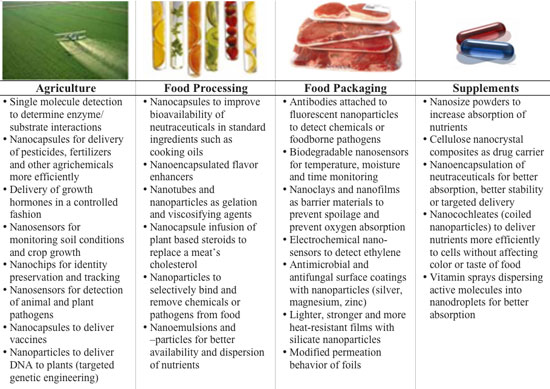Attack of the clones
Dr. Mae-Wan Ho and Prof. Joe Cummins find cloned meat and milk unethical and unsafe.
(This article has been submitted to the FDA. Please circulate widely to your elected representatives)
US Food and Drug Administration (FDA) is about to approve cloned meat and milk for the market. But a large coalition of civil society organizations is opposing the decision on both safety and ethical grounds [1]. The coalition is led by the Center for Food Safety based in Washington DC, and includes the Humane Society with nearly 10 million members, and the Consumer Federation of America with membership of more than 50 million.
A recent poll commissioned by the International Food Information Council (a non-profit organization supported by the food, beverage and agricultural industries) found nearly 60 percent of respondents would not touch products from cloned animals with only 9 percent “very likely” to buy them. This compares with 40 percent who would not buy genetically modified animal products.
Misleading ‘risk assessment' by FDA and cloning companies
In preparation for FDA's approval of cloned animal products, the agency published a ‘commentary' in the January 2007 issue of Nature biotechnology [3] supported by a ‘perspective' piece on risk assessment, co-authored by scientists from at least two cloning companies [4]. Both papers put the same misleading positive gloss on cloned animals. The FDA paper explains why cloned meat and milk are as safe as the conventional products, because “there are no unique risks associated with animal cloning,” while the risk assessment commentary cites the FDA paper in agreement. Neither paper considers ethics or animal welfare.
Both papers present somatic cell nuclear transfer cloning (SCNT) reassuringly as the latest development in a “continuum” of artificial insemination, multiple ovulation/embryo transfer, in vitro fertilization, embryo cryopreservation, cloning by embryo splitting, and since the 1980s, by embryonic cell nuclear transfer (ECNT).
First of all, it is highly misleading to pretend that clones obtained by nuclear transfer are the same as clones obtained by embryo splitting. The latter is typically done at the 2-4 cell stage, and is not so different from the twins or multiplets that happen naturally from time to time.
Nuclear transfer cloning involves introducing the nuclei of embryonic cells (in ECNT) or adult somatic cells (in SCNT) into unfertilised eggs that has had the egg nucleus removed. The reconstituted eggs are then activated to develop, and the resultant embryos are implanted into surrogate mothers hormonally synchronized to receive them. Nuclear transfer cloning, especially SCNT results in extremely high failure rates from deaths and gross abnormalities, so much so that scientists speak of a “cloning syndrome” that arises from errors in epigenetic programming of the cell nucleus [5, 6]. The individual symptom may not be unique, but the combination and the high incidences of the symptoms certainly constitute a unique syndrome. It inflicts massive deaths, suffering and distress, not only to the cloned foetuses and the calves throughout gestation, at and after birth, but also to the surrogate mothers [7]. Surrogate mothers frequently die from difficult delivery unless medical intervention is given, and their health is seriously compromised by gross malformations of the foetuses.
Admittedly, many deaths and gross abnormalities occur in animal cloning, but the companies claim that those clones born alive and survive the perinatal period are healthy [4]. To support their case, they tabulate nine studies, eight published elsewhere and one described in their paper, showing that the milk and meat products from clones are indistinguishable from controls, according to compositional studies on proteins, fats, somatic cell count, amino acid composition, vitamins, minerals etc, as recommended by the FDA [3].
Had the FDA recommended more discerning tests similar to those now routinely used in the laboratory for DNA, RNA, protein and metabolic profiling, large numbers of differences would have been detected, as SCNT clones are notorious for epigenetic errors that result in major changes in DNA markings, RNA and proteins expressed (see below), and it would be surprising if these did not result in metabolic differences.
By any standards, these data are grossly inadequate to establish the safety of cloned meat and milk or any other cloned animal products. They are also fundamentally flawed, as single parameters are compared, rather than an entire pattern, so when differences did occur between the cloned and non-cloned siblings, they were dismissed by the comment that the values were within the normal range typical of the breed or species.
Etiquetas: Clones



